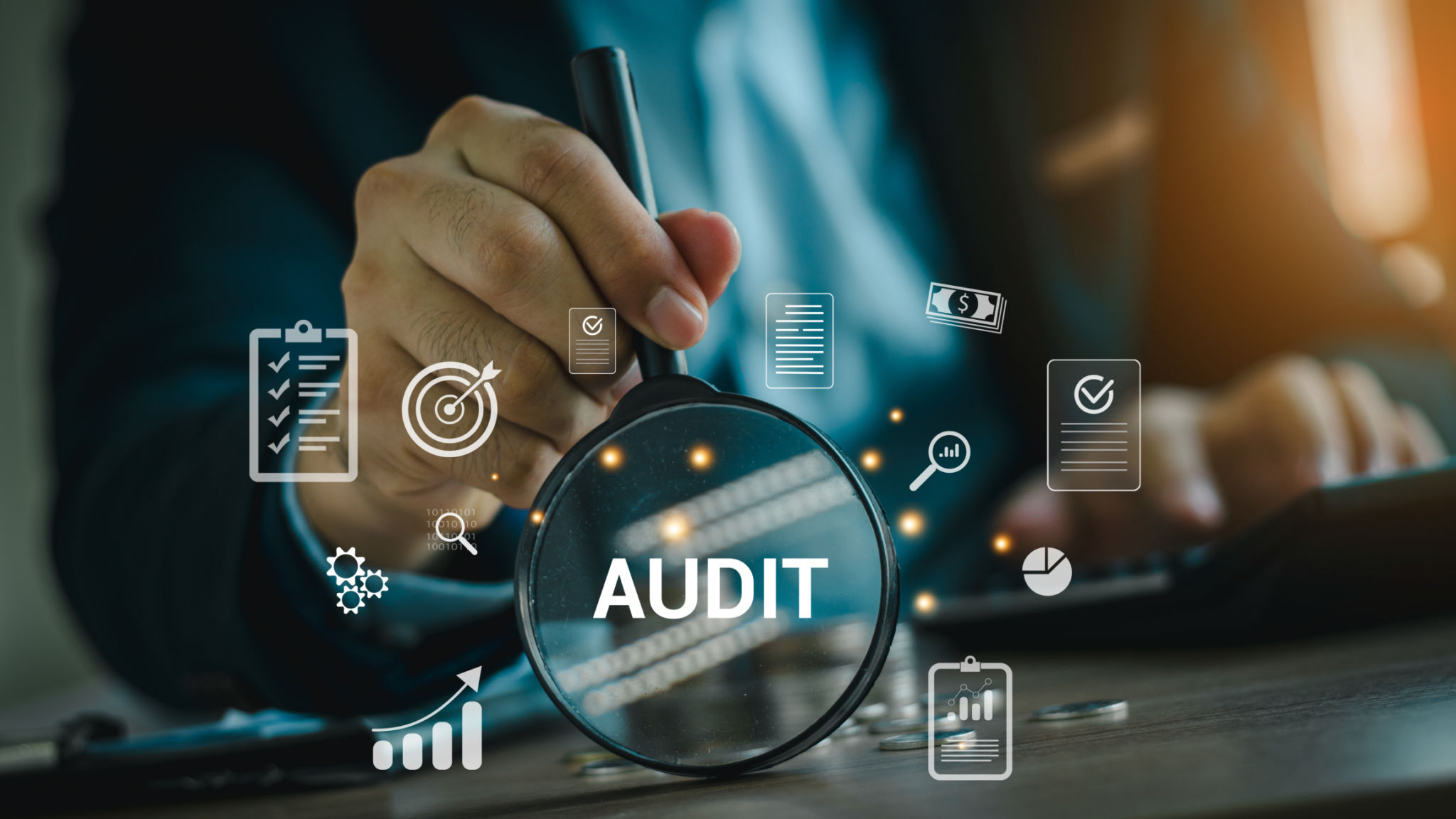How to Integrate a Circular Economy Framework in Your Business
Understanding the Circular Economy
The concept of a circular economy revolves around the idea of minimizing waste and making the most of resources. Unlike the traditional linear model, which follows a 'take, make, dispose' approach, a circular economy emphasizes reusing, repairing, and recycling existing materials. This sustainable framework can lead to cost savings, improved brand reputation, and a reduced environmental footprint.

Benefits of Implementing a Circular Economy
Adopting a circular economy framework can offer numerous advantages to your business. These include:
- Cost Reduction: By reusing materials, businesses can significantly cut down on production costs.
- Enhanced Sustainability: Reducing waste helps in conserving natural resources and reduces the environmental impact.
- Improved Brand Image: Consumers today value sustainability, and adopting such practices can enhance your brand's reputation.
Steps to Integrate a Circular Economy Framework
Evaluate Current Practices
Start by analyzing your current business operations to identify areas where waste is generated. Understanding the flow of materials and resources within your company is crucial for identifying opportunities to implement circular strategies.

Redesign Products and Processes
Consider redesigning your products and processes to be more sustainable. This might involve using recyclable materials or designing products for easier disassembly. Collaborate with suppliers to source sustainable materials and consider partnerships for product lifecycle management.
Implement Recycling and Reuse Initiatives
Establish a robust recycling and reuse program. Encourage your customers to return used products, which can then be refurbished, resold, or recycled. This not only extends the lifecycle of products but also creates an opportunity for customer engagement and loyalty.

Measure and Optimize
Regularly measure the impact of your circular economy initiatives. Use key performance indicators (KPIs) such as waste reduction, resource efficiency, and cost savings to assess progress. Continuous monitoring will help in identifying areas for improvement and optimizing operations.
Engage Stakeholders
Engage with all stakeholders, including employees, suppliers, and customers, to foster a culture of sustainability. Educating and involving everyone in your circular economy efforts can lead to more innovative ideas and stronger commitment to sustainability goals.

By integrating a circular economy framework into your business, you can create a more sustainable, efficient, and profitable operation. Start small, measure your progress, and gradually expand your initiatives to fully embrace this transformative approach.